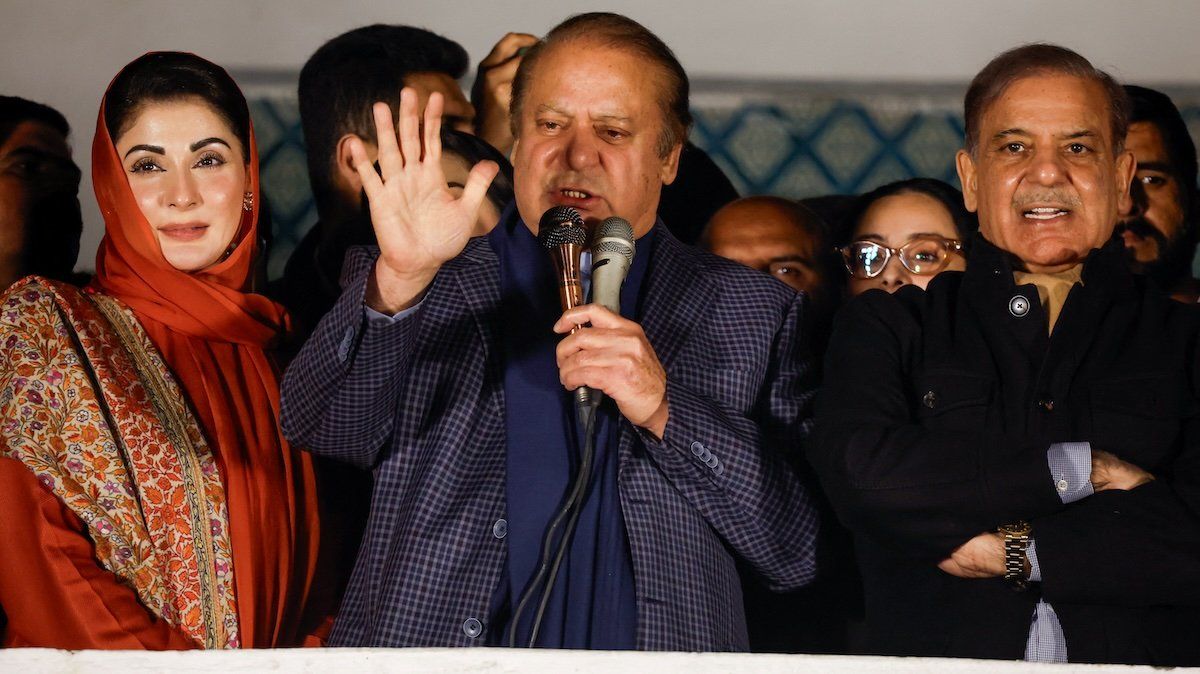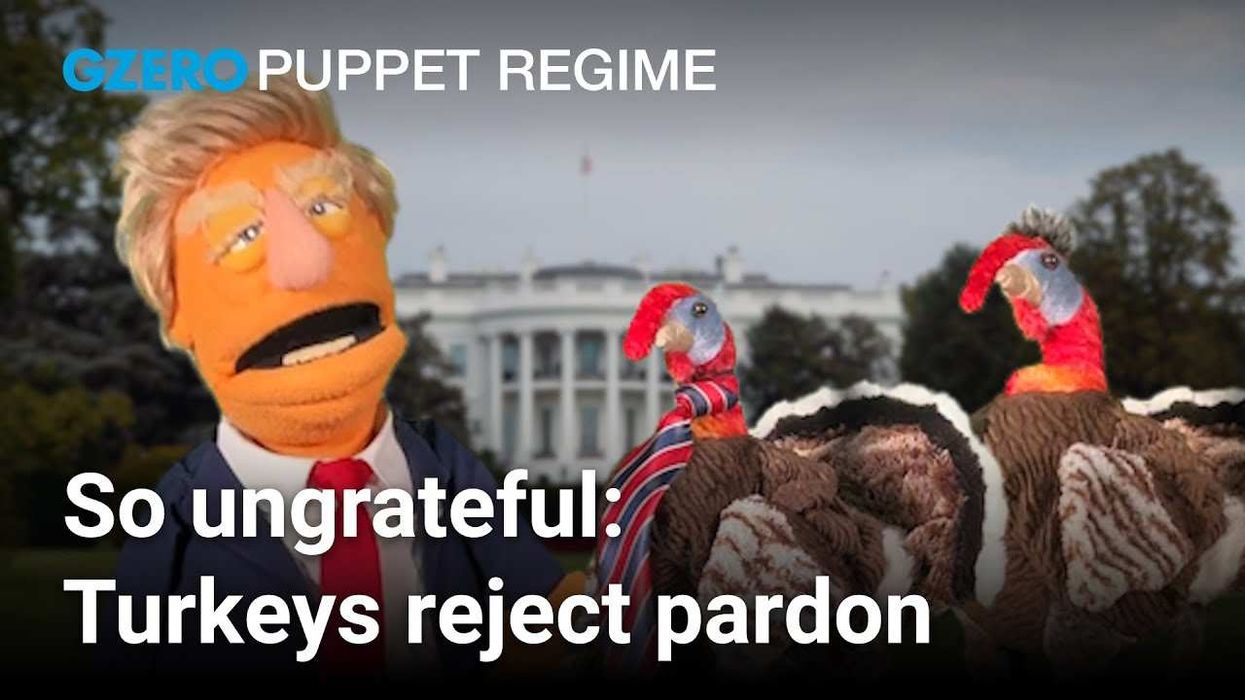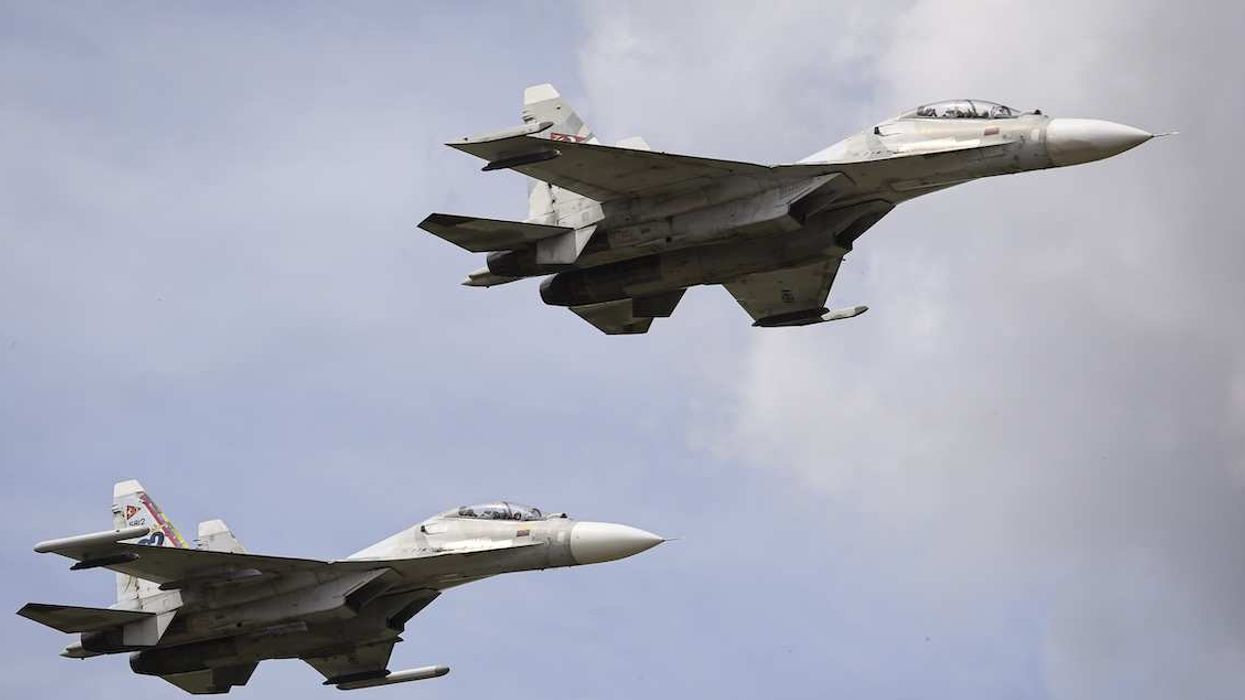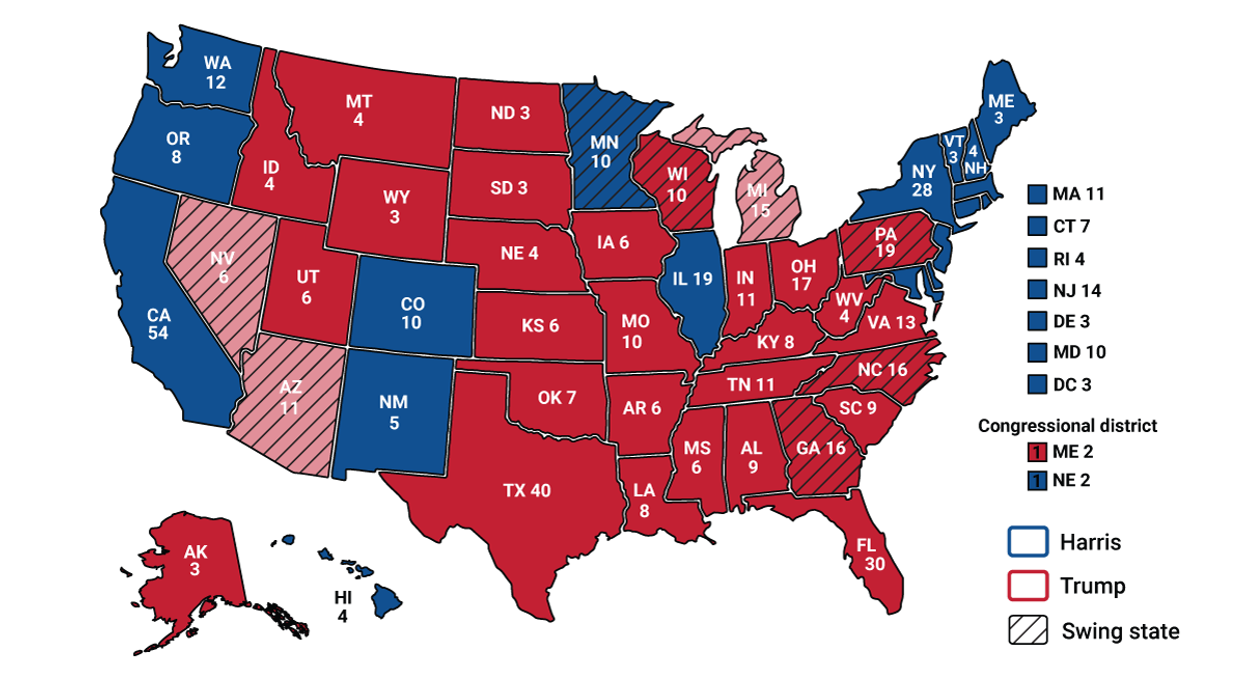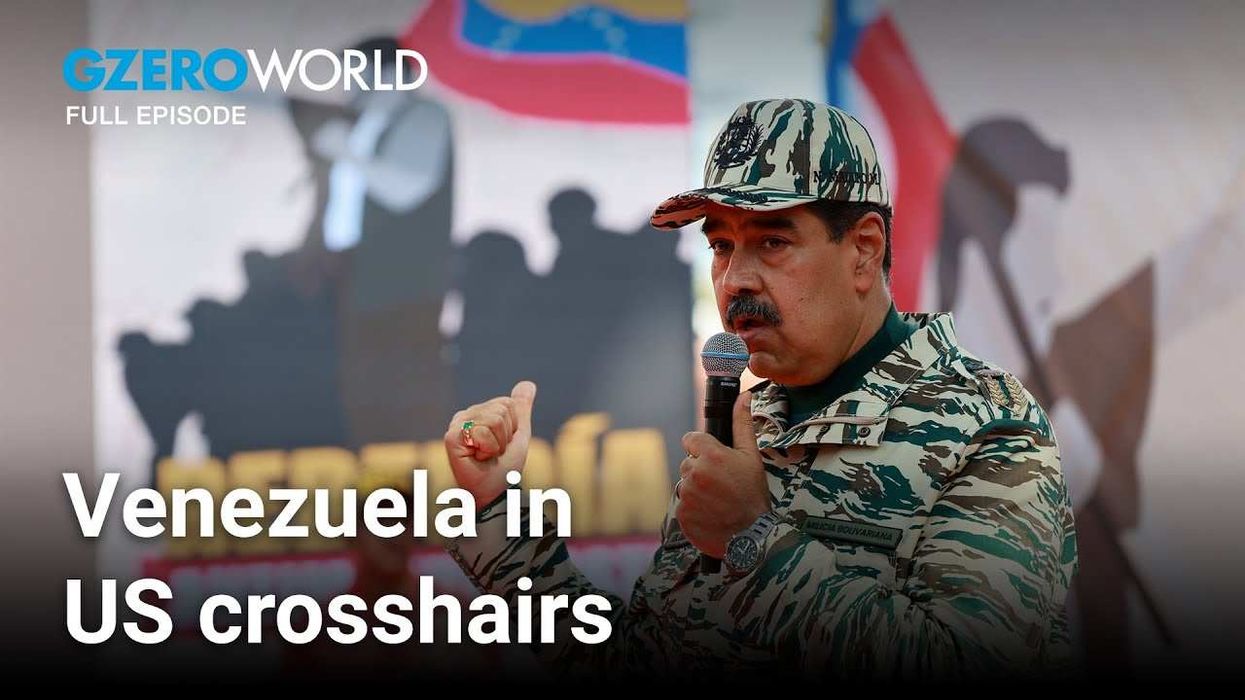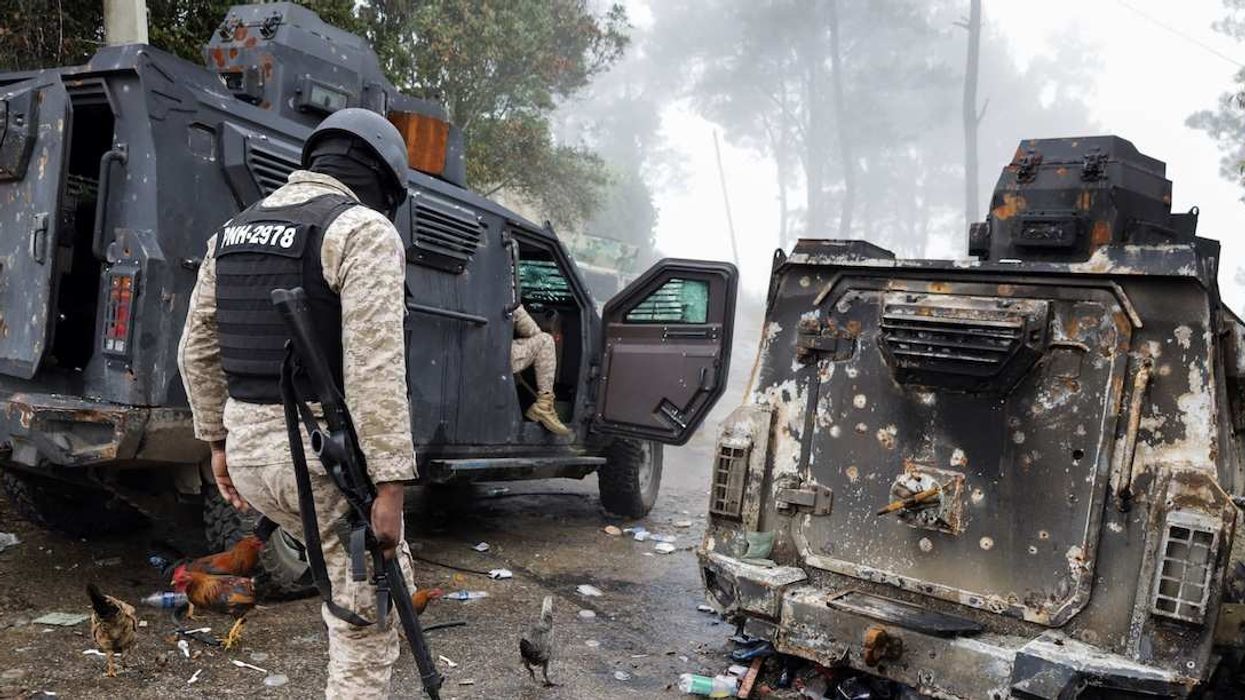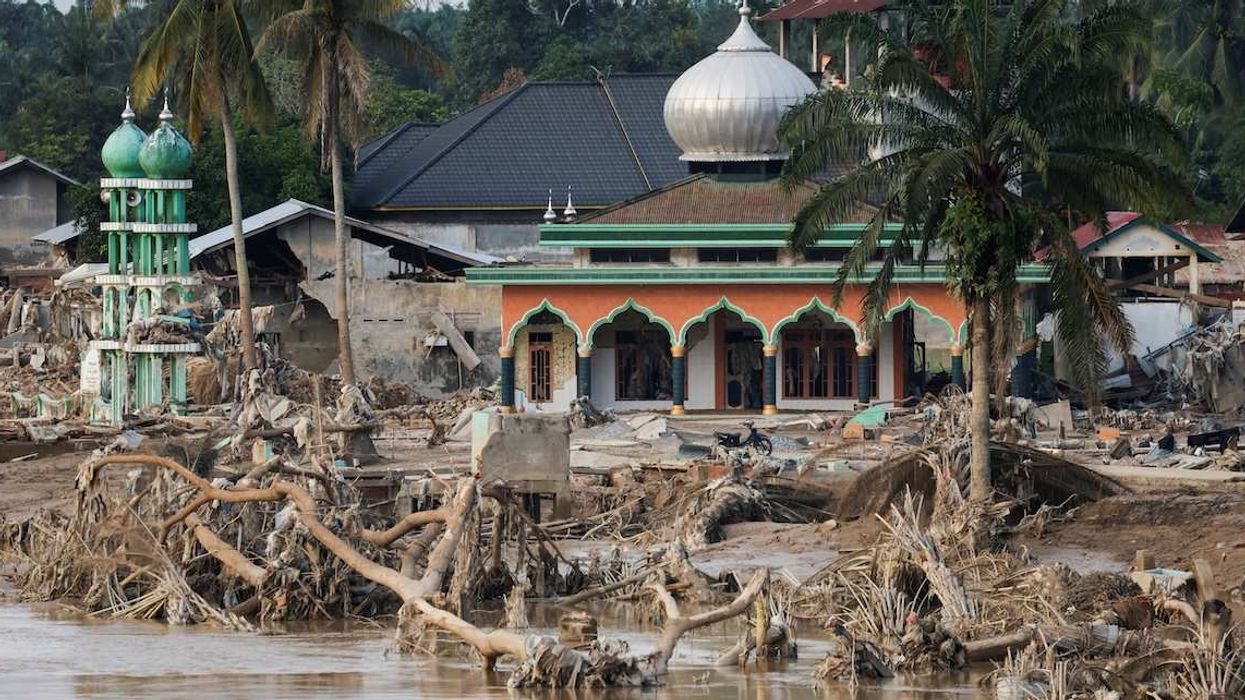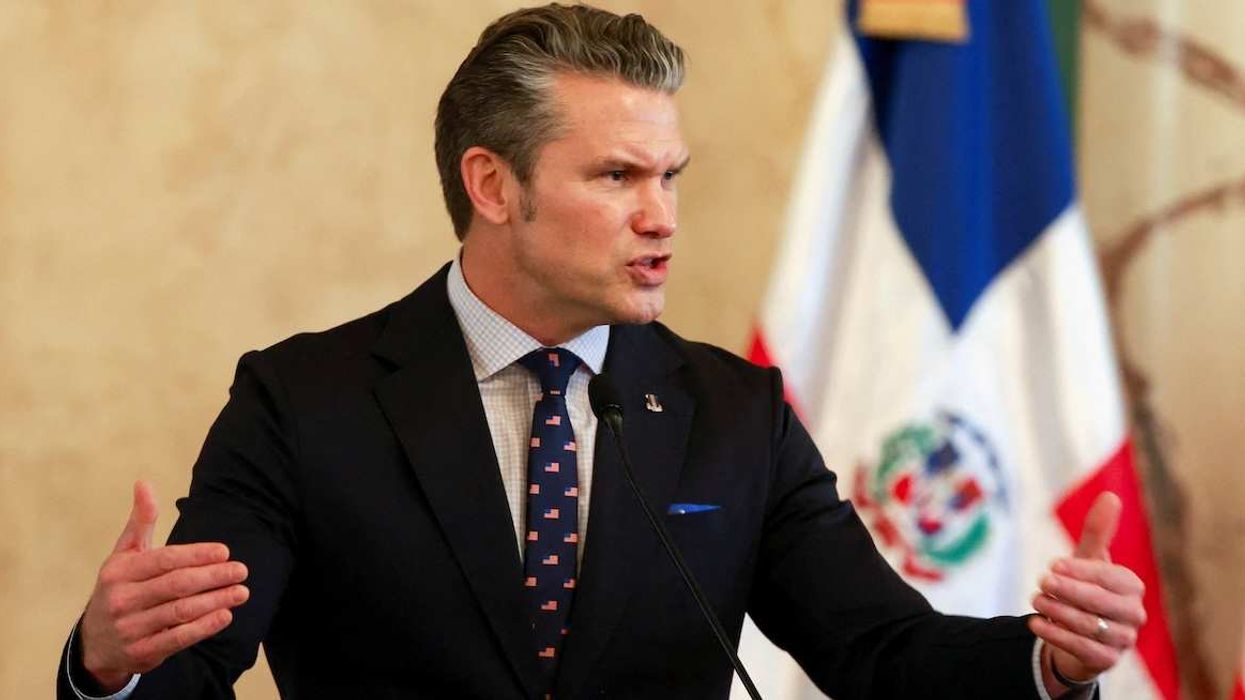On top of facing legitimacy questions following chaotic, violent elections tainted by widespread undemocratic practices, Pakistan’s new coalition government is inheriting an economy in crisis. These economic problems have been fueled by high energy costs, political dysfunction, flooding, and supply chain issues.
An economy in freefall. Pakistan inflation hovers around a whopping 30%, and its GDP fell 0.6% in 2023, per the World Bank. Meanwhile, Tabadlab, an Islamabad-based think tank, recently warned that the country’s debt is a “raging fire” that’s become unsustainable: Interest payments are eating up roughly 57% of government revenues.
“Unless there are sweeping reforms and dramatic changes to the status quo, Pakistan will continue to sink deeper, headed towards an inevitable default,” Tabadlab’s report said.
What can be done? Pakistan barely avoided debt default last year thanks to the help of a short-term IMF lending agreement, but that’s set to expire in April. The incoming government reportedly plans to pursue a $6 billion loan from the IMF to help it stay afloat. The IMF has signaled it’s open to discussing another arrangement with the new government, but we’ll be watching to see whether Pakistan’s political turmoil becomes an obstacle to securing more funds.
